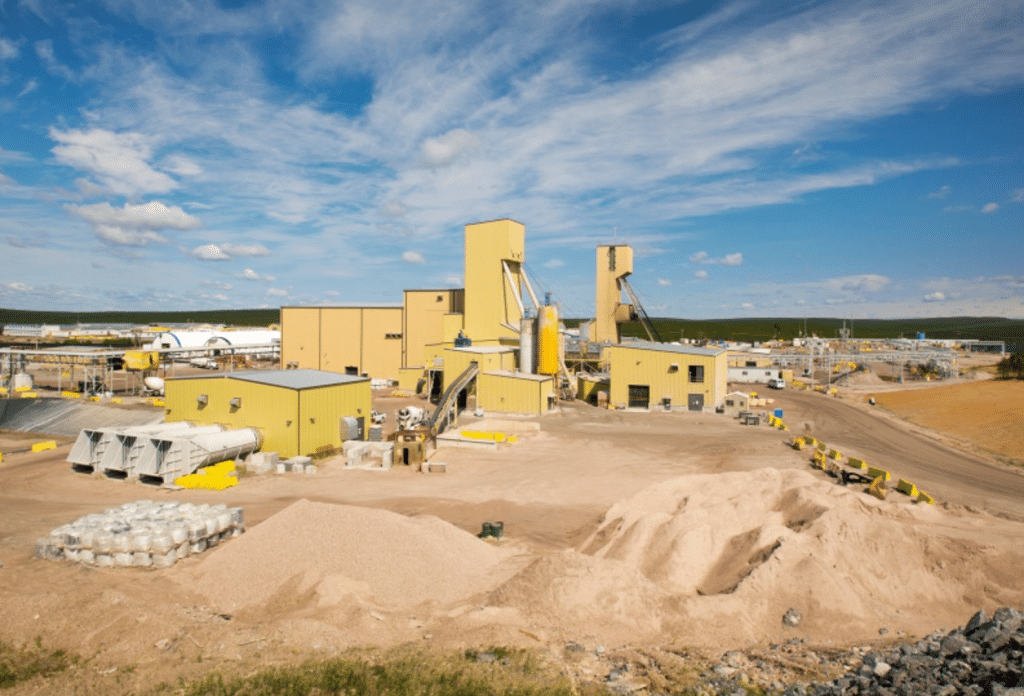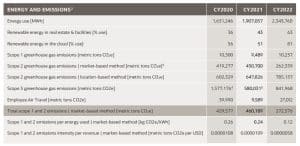In an announcement that stunned both the tech and energy industries, Oracle’s co-founder and executive chairman, Larry Ellison, revealed ambitious plans to use nuclear power to advance artificial intelligence (AI) in Oracle.
At the Oracle Financial Analyst Meeting 2024, Ellison disclosed the company’s intention to build data centers powered by small modular nuclear reactors. This bold step signifies the fierce competition and massive costs required to advance AI technology in today’s era.
Ellison’s Bold Power Play — Nuclear Energy Fuels Oracle’s AI Ambitions
Oracle’s venture into nuclear energy underscores the extraordinary resource demands of cutting-edge AI.
According to Ellison, the power required for training frontier AI models is vast and extraordinary. The company plans to construct data centers with “acres” of GPU clusters, needing a gigantic energy supply to operate efficiently. Ellison’s strategy to utilize nuclear reactors ensures a steady, scalable power source to support these energy-hungry systems.
During the session, he spoke,
“If your horizon is over next five years, maybe even the next ten years I wouldn’t worry about it. This business is just growing larger and larger and larger. There is no slowdown or shift coming.”
The tech leader further stated that only a few major tech companies, and potentially even one nation, will compete for dominance in AI model development over the coming years. He emphasized that staying competitive in this high-stakes AI race will come with a hefty price tag.
Oracle’s choice to embrace nuclear energy marks a major change in how tech companies tackle their rising energy demands. Their strategy may inspire competitors to look for similar solutions, potentially transforming the future of both the tech and energy industries.
A MESSAGE FROM URANIUM ROYALTY CORP.
The Only Pure Play Uranium Royalty Company
Uranium Royalty Corp is the first company to apply the successful royalty and streaming business model exclusively to the uranium sector.
With interests in advanced, permitted and producing uranium projects, the company is well positioned as a capital provider to meet the growing need for uranium as fuel for carbon free, nuclear energy. Learn more about Uranium Royalty Corp’s portfolio of royalty assets and uranium holdings.
Discover their first mover pure-play uranium royalty exposure >>
NASDAQ: UROY | TSX: URC
*** This content was reviewed and approved by Uranium Royalty Corp. and is being disseminated on behalf of Uranium Royalty Corp. by CarbonCredits.com for commercial purposes. ***
The AI Arms Race and the $100 Billion Price Tag
Ellison made it clear that staying competitive in the AI race will not be cheap. He estimated that companies looking to build frontier AI models would need to invest around $100 billion over the next three to five years. The enormous investment reflects the exponential growth in computational power required to push the boundaries of AI capabilities.
This staggering price tag is a wake-up call for the tech industry, highlighting the capital-intensive nature of AI research and development. It’s a clear signal that the widening gap between bigger players and smaller players is evident, as only those with massive resources can afford to keep pace.
Oracle is not just talking about powering its data centers; it’s already laying the groundwork. He noted,
“Today, Oracle has 162 cloud data centers, live and under construction throughout the world. The largest of these data centers is 800 megawatts, and it will contain acres of Nvidia GPU clusters able to train the world’s largest AI models”
This massive facility can support the development of advanced AI models, some of which Ellison hinted may surpass the capabilities of existing supercomputers, including xAI’s new supercluster, Colossus.
Building the Nuclear Infrastructure
Oracle is also planning a data center requiring over one gigawatt of electricity, that will rely exclusively on nuclear power. Ellison believes that much power is sufficient to meet the substantial processing needs of Oracle’s upcoming projects including creating Colossus.
Currently, the company has secured building permits for three small modular reactors, that estimate the scale of the project. Ellison’s description of the project’s complexity gives a glimpse into the enormous challenges that lie ahead for Oracle and other companies vying for AI dominance.
As the AI arms race intensifies, Oracle’s decision to integrate nuclear power into its infrastructure strategy could revolutionize how tech companies meet their energy demands. By securing a reliable and clean power source, Oracle is positioning itself as a leader in AI development, capable of tackling the massive computational requirements needed for training advanced models.
Tech leaders, industry pundits, and energy companies predict that more companies will explore novel energy solutions to keep pace with the rising demands of AI in the future. Whether it’s nuclear, renewable energy, or a hybrid approach, power consumption will become a defining factor in the race for AI supremacy.
Oracle’s Revenue Boom Fuels Ambitious Nuclear Investment
Oracle reported its fiscal 2025 Q1 results recently indicating strong growth. The company’s total quarterly revenues increased by 7% year-over-year in USD, reaching $13.3 billion, and rose 8% in constant currency. Cloud services revenues saw a 21% jump year-over-year in USD, climbing to $5.6 billion, with a 22% increase in constant currency. Additionally, cloud and on-premise license revenues grew by 7% in USD, hitting $870 million, and were up 8% in constant currency.
The company’s earnings are a clear reflection of what Larry hinted at—it’s truly a case of survival of the fittest. His announcement is not just a revelation of Oracle’s future plans but a signal for the entire tech universe.
His theory is straightforward: to compete, you must make bold moves, like investing in nuclear power for AI. Oracle’s approach highlights that success now demands major investments in both technology and energy. This way companies can secure their energy supply and seamlessly perform computational services.
Interestingly, it’s not just Ellison who is envisioning nuclear power. Bill Gates’s company TerraPower, is also constructing a Natrium reactor and energy storage system in Kemmerer, Wyoming. The project, which has secured substantial funding from the DOE and is set to be completed by 2030, will have a capacity of 500 megawatts.
Gates emphasized that this investment in nuclear is a significant step toward achieving safe, abundant, zero-carbon energy, and its success is crucial for America’s future.
Net Zero Plans and Carbon Emissions
Oracle has set an ambitious target to reach net zero emissions by 2050 and reduce its greenhouse gas emissions to 50% including both operational and supply chain, by 2030 compared to a 2020 baseline. The sustainability report reveals that this target has been endorsed by the Exponential Roadmap Initiative, an accredited partner of the United Nations Race to Zero.
Moreover, the company has committed to achieving 100% energy usage from renewable sources for both its Cloud Infrastructure (OCI) and Real Estate & Facilities (RE&F) operations by 2025. Additionally, they aim to reduce waste to landfill per square foot by 33% and cut air travel emissions by 25% within this timeline.
Here’s a peek into their energy use and carbon emissions for 2022.
source: Oracle
In conclusion, Oracle’s move into nuclear-powered data centers marks a pivotal step in AI development. This bold strategy highlights the immense resources needed to compete and suggests that tech companies must now innovate beyond software and hardware to lead in the AI race.




